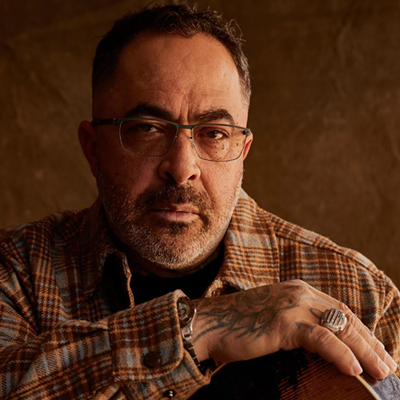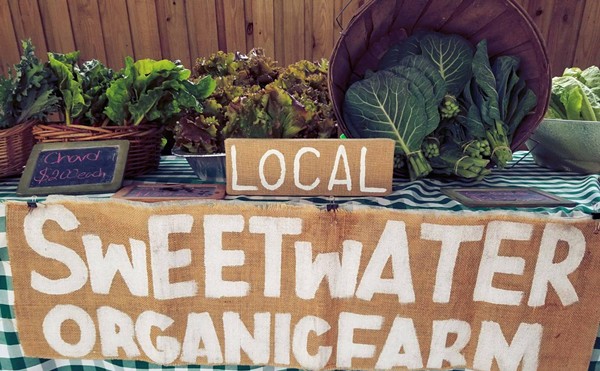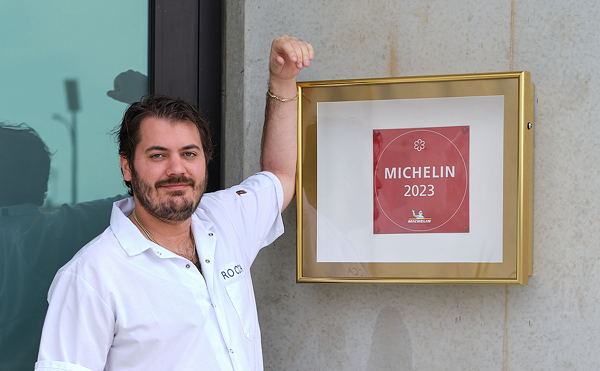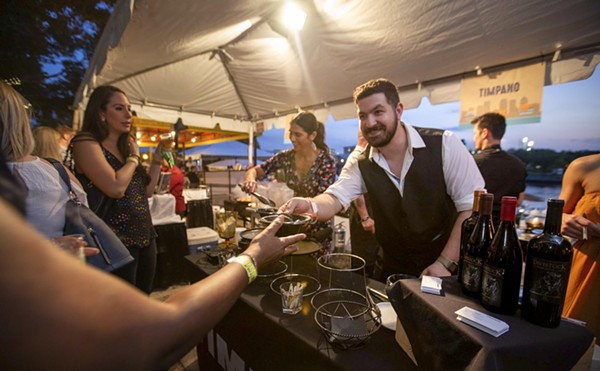If you’ve been following my lead (and recent columns), you’re now getting more enjoyment from wine by using your eyes and nose before you taste. And you now understand how the path of taste changes from your tongue, across your mid-palate and back to the finish as you swallow.
Actively thinking as you see, swirl, sniff and sip changes your appreciation of wine in profound ways. As these steps become habit, each new glass becomes a playground. Or, even better, a puzzle with multiple solutions. The harder you play, the greater the reward. (Just don’t confuse “play” with excessive consumption!)
We began our discussion with the easy component: fruit. That is, of course, what we’re drinking — fruit juice. However, as you’ve learned, in the hands of a great winemaker the range of taste challenges even the most sophisticated palates. But what else is there in the glass that makes up the complexity of this most wonderful of beverages?
The next step in our analysis is recognizing tannin. And once we become aware, we then ask if the tannin is in balance with the wine’s other components. Regular readers of my restaurant column have heard me rant on many occasions about balance and, often, the lack thereof. For when all is in balance, chefs and winemakers treat us to the most intense combinations of flavor.
Tannin is a tactile sensation in wine. It is most prominent in red wines, especially when the juice has extended exposure to the skin, seeds and stems of the grape. It is also noticeable in white wines that have prolonged contact with wood barrels, which are often part of the winemaking process. Tannin is what I call the “pucker factor” in wine. After you’ve experienced the wine’s fruit on the forward part of your tongue, tannin becomes apparent in the middle. It’s why we describe wines as “dry.”
Tannins are most notable when the wine is young, and soften with age. Young wines often display the tannins in such a way that they seem to block the fruit — that’s why we age great wines. The trick is to catch the wine when the fruit is still bright, the tannins soften to reach perfect balance, and the vino is at its most complex. It’s then that wine displays layers of flavor as I described last month, and the wine drinking experience is at its peak.
If you’re having trouble understanding this concept, try drinking some unsweetened black tea. The dry, even astringent, feeling in the mid-palate is caused by tannin. When wines have too much tannin, they taste bitter. As they soften, bitter turns to “rough” in winespeak; rough turns to slightly tannic, and when the wine reaches a sense of equilibrium, it’s then described as “well structured.”
To help you understand this from a more practical point of view, let’s think of grape varietals. Cabernet Sauvignon has more tannin than Merlot. That’s why winemakers choose to combine these two grapes often — to take advantage of the particular characteristics of each grape and create a more pleasing wine. Most Bordeaux wines are combinations of these two grapes. Wines made from 100 percent Merlot are often described as “soft” because the level of tannin is discernibly low. Cabernet Sauvignon-based wines are popularly paired with steak because the fat from the beef helps to coat the tongue and counterbalance the astringency of the tannin, especially when the wine is young.
As you can see, there are many moving parts, and the components of the wine are constantly changing. But this is no reason to allow yourself to be intimidated by wine. We all learn incrementally with every glass we drink. But by understanding as much as we can about grapes, terminology and how wines are put together, our appreciation of wine will grow. Keep tasting as many different wines as you can, use your senses and “think as you drink.” The more you are an active taster, the more fun wine becomes. Just wait 'til next month when we add “acidity” to your wine vocabulary. Can true oenophilic enlightenment be far behind?
















